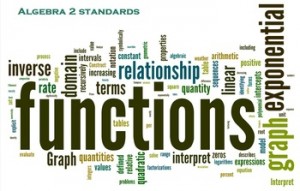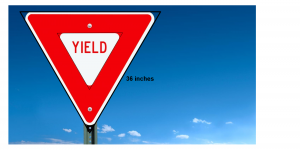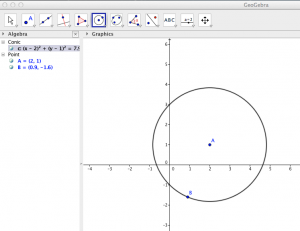The attached learning progression details a 3 day excursion through the finer points of building and interpreting exponential functions. Students will gain experience working with exponential functions and using the basic procedures to solve story problems. The first day details the steps to solving a word problem using exponential growth and decay, including compounded interest. The next day introduces story problems with logarithms and the number e. The third day ties the other two together in the form of a review game where students can answer questions to gain points and, ultimately, win the activity.
The following Common Core standards are addressed:
HSF.BF.A.1: Write a function that describes a relationship between two quantities.*
HSF.BF.B.3: Identify the effect on the graph of replacing f(x) by f(x) + k, k f(x), f(kx), and f(x + k) for specific values of k (both positive and negative); find the value of k given the graphs. Experiment with cases and illustrate an explanation of the effects on the graph using technology. Include recognizing even and odd functions from their graphs and algebraic expressions for them.
HSF.LE.A.2: Construct linear and exponential functions, including arithmetic and geometric sequences, given a graph, a description of a relationship, or two input-output pairs (include reading these from a table).
Building and Interpreting Exponential Functions, a learning progression





